Introduction
White strawberries, often dubbed “pineberries” due to their pineapple-like aroma and creamy white hue, have emerged as a gourmet delight in recent years. Unlike their red counterparts, these delicate fruits boast a subtle sweetness and a visual charm that makes them a prized ingredient in culinary creations. However, their uniqueness also means they require careful scrutiny to ensure freshness. This article delves into the nuances of assessing white strawberry freshness, covering visual, olfactory, and tactile cues, storage practices, and common pitfalls to avoid. By mastering these techniques, you can savor the full flavor and texture of these exotic berries.
Visual Cues: The First Line of Defense
The eyes are often the best tools for initial freshness assessment. White strawberries, when fresh, exhibit specific characteristics that set them apart from overripe or damaged specimens.
1 Color Consistency
A pristine white strawberry should display a uniform creamy-white or pale ivory color, often tinged with a blush of pink or red on its seeds or the tips of its scales. Avoid berries with yellowish patches, as this indicates overripeness or exposure to heat. Discoloration, such as brown spots or translucent areas, signals bruising or decay.
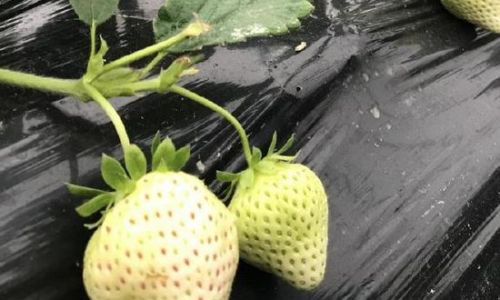
2 Texture and Firmness
Gently cup the berry in your palm. Fresh white strawberries feel firm yet yield slightly to gentle pressure. Overripe fruits may feel mushy or hollow, while underripe ones will be excessively hard. Avoid specimens with shriveled skin, as this denotes dehydration.
3 Seed Integrity
The tiny seeds (achenes) dotting the berry’s surface should be intact and evenly distributed. Missing or loose seeds suggest mishandling or advanced age. Additionally, check for mold, which often appears as fuzzy white or gray patches around the seeds or stem.
4 Stem and Calyx Appearance
The green calyx (leafy cap) at the top of the berry is a key indicator of freshness. It should be vibrant, perky, and firmly attached. A wilted, brown, or detached calyx is a red flag, as it often means the berry was harvested too early or stored improperly.
Aromatic Clues: The Nose Knows
Fresh white strawberries emit a delicate, sweet fragrance reminiscent of pineapple, coconut, or floral notes. Overripe berries, by contrast, may smell fermented, musty, or overly acidic. To assess aroma, hold the berry close to your nose without crushing it. A lack of scent could indicate immaturity or prolonged storage.
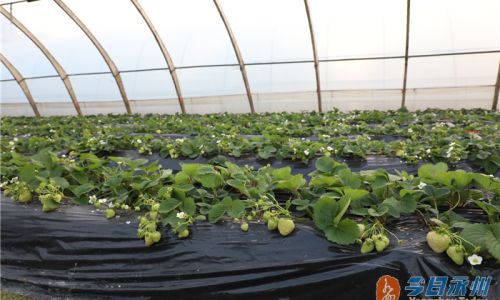
Tactile Tests: Feel for Freshness
While vendors may frown upon customers squeezing produce, subtle tactile checks can reveal much. Lightly press the berry’s skin; it should rebound slightly. If your finger leaves an indentation, the fruit is likely past its prime. Similarly, check for slipperiness, a sign of bacterial growth.
The Taste Test: A Final Verification
If purchasing from a farmers’ market or a trustworthy vendor, taste a sample. Fresh white strawberries offer a balance of sweetness and mild tartness, with a juicy, almost crunchy texture. Overripe berries taste mushy and bland, while underripe ones may be astringent.
Storage and Handling: Preserving Freshness
Even the freshest white strawberries deteriorate rapidly if mishandled. Proper storage is critical:
- Refrigeration: Store unwashed berries in a breathable container (e.g., a paper towel-lined plastic tub) in the crisper drawer. Avoid sealing them in airtight bags, as moisture accelerates spoilage.
- Washing Practices: Rinse berries only before consumption. Washing prematurely removes protective waxes and introduces moisture, shortening shelf life.
- Temperature Control: Keep them away from ethylene-producing fruits (e.g., apples, bananas), as this gas accelerates ripening.
Seasonality and Sourcing: Timing Matters
White strawberries are typically harvested in spring or early summer, depending on the region. Purchasing in-season from local farms ensures peak freshness. Imported or out-of-season berries may have traveled long distances, compromising quality. Organic varieties, while pricier, often retain freshness longer due to fewer preservatives.
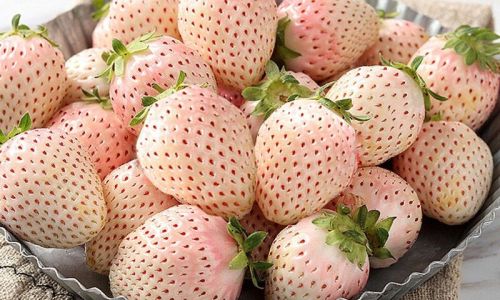
Common Mistakes to Avoid
1 Prioritizing Size Over Quality
Larger white strawberries aren’t necessarily superior. Smaller, uniformly sized fruits often have better flavor and texture.
2 Ignoring Container Conditions
Check the base of the berry container for moisture or mold. A damp or stained carton suggests poor storage practices.
3 Assuming All White Strawberries Are the Same
Varieties like “White Jewel” and “White Pine” differ in sweetness and firmness. Familiarize yourself with the specific traits of your preferred cultivar.

Expert Tips: Insights from Growers and Chefs
1 Farmers’ Advice
“Look for berries with a pearlescent sheen,” advises a California grower. “Avoid those with dull skin—it’s a sign they were picked too late.”
2 Chef’s Secrets
Renowned pastry chefs often reject berries with even minor bruises, as these spots soften quickly during baking. They also prioritize berries with intact calyxes for presentation.
The Science Behind Ripeness
White strawberries, like all strawberries, stop ripening once harvested. Their brief post-harvest life—typically 3–5 days—underscores the importance of selecting specimens at their peak. Ethylene gas, emitted by damaged or aging berries, accelerates decay in neighboring fruits, emphasizing the need for careful curation.
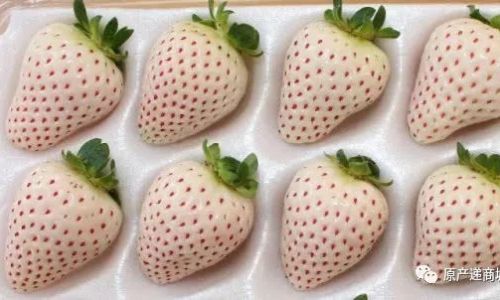
Conclusion: A Holistic Approach
Determining white strawberry freshness requires a multi-sensory evaluation. Combine visual inspections with aromatic and tactile checks, and never underestimate the role of proper storage. By avoiding common pitfalls and sourcing seasonally, you can transform these delicate gems into culinary masterpieces.
Final Thoughts
White strawberries are a testament to nature’s artistry, but their ephemeral nature demands vigilance. Whether you’re a home cook, a chef, or a casual enthusiast, mastering the art of freshness assessment ensures you enjoy these berries at their zenith. Remember: a fresh white strawberry isn’t just a fruit—it’s an experience.



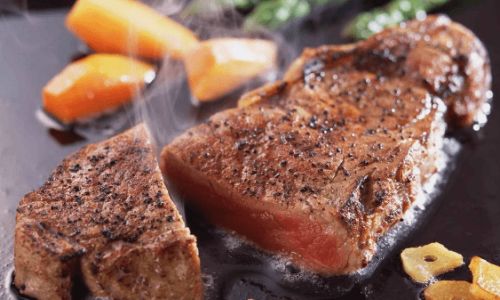

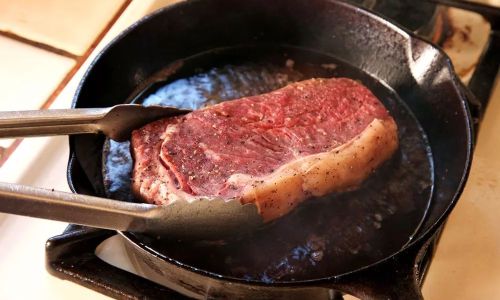
0 comments